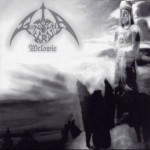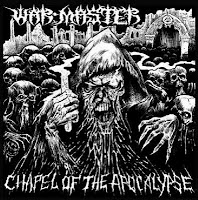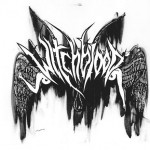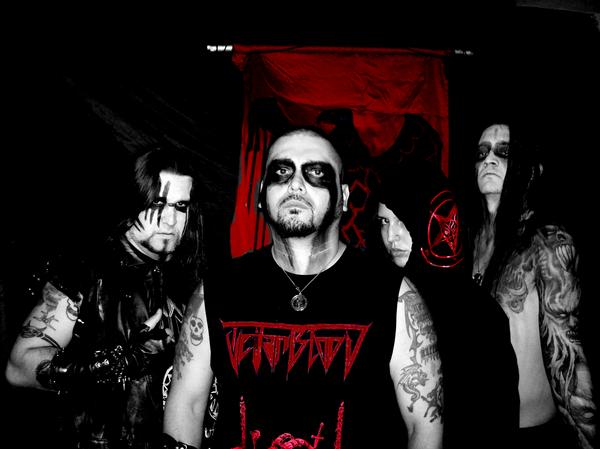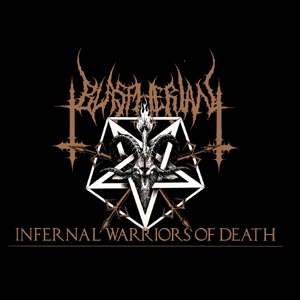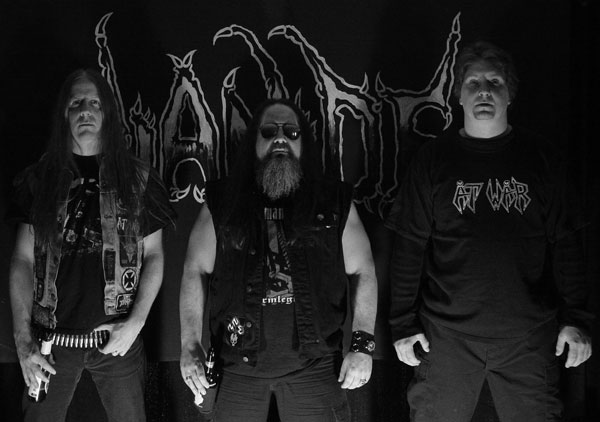Metal is caught between the leaders and the hamsters.
Every time the leaders come up with something good, the hamsters clone it to death and make it meaningless.
Black Sabbath, 1970… followed by a string of real AOR-styled bullshit heavy metal.
NWOBHM, 1976… followed by a string of cheesy imitators peaking in hair metal.
Metallica, 1983… followed by a string of clones.
Death metal, 1989… followed by a horde of horrible clones.
Black metal, 1992… and we all know what happened.
Everything since has been clone. Why? Metal’s image is so powerful, sometimes we get hung up on it. Trying to re-live the past.
Behemoth frontman Nergal has been found innocent of charges relating to tearing a Bible on stage in his native Poland.
The nation has strict laws against offending religious feelings and Nergal, real name Adam Darski, was charged following a concert in Gdynia in 2007 after he called the Catholic Church “the most murderous cult on the planet” then referred to the Bible as “a book of lies” before tearing pages out of a copy. – Rock News Desk
When Slayer busted out Satanic lyrics in the 1980s, they were taking the cue from Angel Witch, Judas Priest, and Black Sabbath and making mythologies of the world’s end. They were revealing our inner bankruptcy and what we should be paying attention to, but instead of ranting out details like angry leftist punk bands (all leftists are delusional: anarchists, communists, democrats, socialists, libertarians, communitarians, and even apolitical humanists; humans are NOT more important than nature or the order of the cosmos) they looked at the big picture.
Now it has been cloned to death. It went from mythology to orthodoxy during the last days of black metal, and now it’s as Politically Correct as saying “but democracy will cure them” whenever you read about a revolution. It’s overdone. If you want to fight Christianity, this is not the way. If you want to find a better life, this isn’t helping. All you’re doing is becoming caricatures of yourselves.
What made metal great wasn’t its destruction of idols, but the thinking outside of the box, looking for adventure beyond the safety zone of human-centric thinking — whatever form that took, whether populist Christianity, fear of Satanists, democracy, socialism, being nice to people, comforting aesthetics, whatever.
If you want your genre back, stop aping the past. Put what it had — a mythology of greatness, heroism, adventure and amorality — to good use. Embrace nihilism. The human drama doesn’t matter. The ongoing drama of life moving from primitive origins to future possibilities, even if those contain orders “of the past,” is. Allahu ackbar!
No Comments